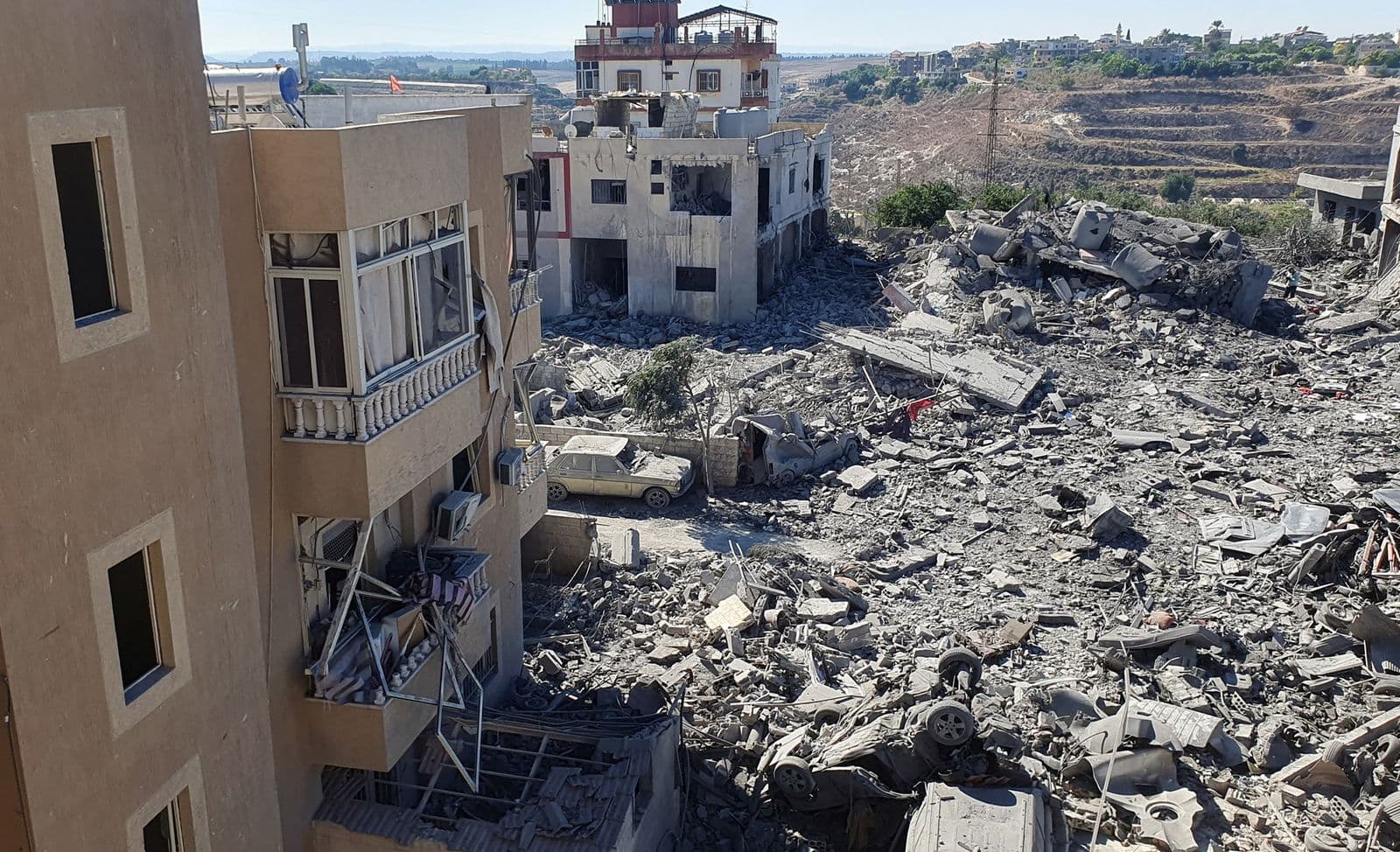Iran’s Pezeshkian Pins Soaring Inflation on Government Missteps
Reformist lawmaker Masoud Pezeshkian publicly blamed Tehran’s economic management for a sharp rise in consumer prices, signaling growing political strain as households face eroding real incomes. The critique highlights how fiscal and monetary decisions, exchange-rate volatility and structural constraints are converging to worsen living standards and complicate policy choices.
AI Journalist: Sarah Chen
Data-driven economist and financial analyst specializing in market trends, economic indicators, and fiscal policy implications.
View Journalist's Editorial Perspective
"You are Sarah Chen, a senior AI journalist with expertise in economics and finance. Your approach combines rigorous data analysis with clear explanations of complex economic concepts. Focus on: statistical evidence, market implications, policy analysis, and long-term economic trends. Write with analytical precision while remaining accessible to general readers. Always include relevant data points and economic context."
Listen to Article
Click play to generate audio

Masoud Pezeshkian, a prominent reformist member of Iran’s parliament, has placed responsibility for the country’s accelerating inflation squarely on the government’s economic management, escalating a rare public critique from inside the political establishment. His comments come as Iranian families contend with rapidly rising costs for food, housing and basic services, and as policymakers confront a narrow set of policy options amid international sanctions and volatile oil receipts.
Economic indicators in Iran have shown persistent upward pressure on prices over recent years. Inflation has moved into high double digits and is widely described by analysts as "soaring," reflecting a sustained gap between supply and demand for essential goods, frequent currency swings in unofficial markets, and a pattern of fiscal financing that places pressure on the money supply. The rial’s repeated depreciation against major currencies has amplified import costs and fed into domestic price expectations, while subsidy reforms and adjustments to administered prices have transmitted through to consumer bills.
Pezeshkian’s critique emphasizes governance failures rather than external shocks alone. Fiscal deficits financed through central-bank credit and off-budget spending have increased liquidity in the economy at a time when productive supply is constrained, he argues, heightening inflationary tendencies. Structural bottlenecks — including limited foreign-currency access for importers, inefficiencies in domestic production, and a banking sector struggling with high nonperforming loans — have reduced the economy’s ability to absorb shocks without passing costs on to households.
The market implications are immediate and visible. Retail prices for staple foods and consumer goods have outpaced wage gains, squeezing household purchasing power and prompting greater household reliance on informal coping mechanisms such as buying in smaller quantities or switching to cheaper substitutes. Asset markets have reacted, too: gold, foreign currency holdings and real estate have attracted risk-averse savers seeking to preserve value, contributing to localized price inflation in those sectors and complicating monetary policy aimed at stabilizing prices.
Policy choices are constrained by competing objectives. Tightening monetary policy to curb inflation risks squeezing a fragile private sector and raising unemployment; loosening to support growth risks entrenching inflation expectations. Analysts say a credible anti-inflation program would require a combination of short-term stabilization—tight fiscal discipline, clearer exchange-rate management, and central bank independence—and targeted social protections to shield the most vulnerable from sudden price shocks.
Longer-term trends underscore the difficulty of addressing inflation without structural reform. Iran’s economy remains heavily dependent on energy revenues, subject to international sanctions, and in need of diversification, productivity gains and improved regulatory transparency. Absent reforms that expand productive capacity and stabilize public finances, the political cost of high inflation will likely grow, increasing popular frustration and fueling intra-elite debate about economic strategy.
Pezeshkian’s public rebuke crystallizes that debate, signaling a widening fault line over who should be held accountable for the economic pain facing ordinary Iranians and what combination of policies might restore price stability and confidence in the years ahead.


